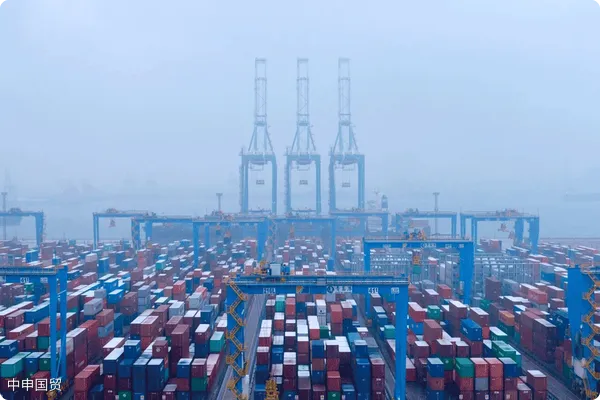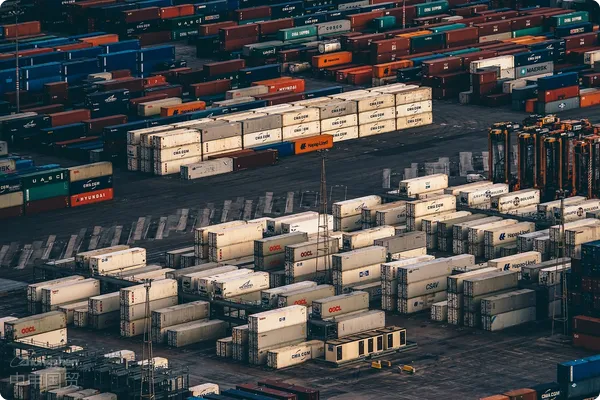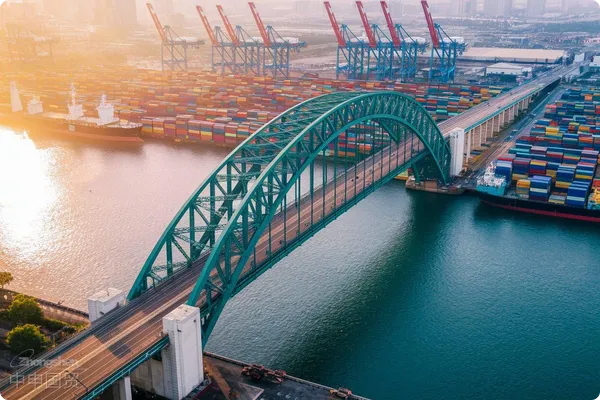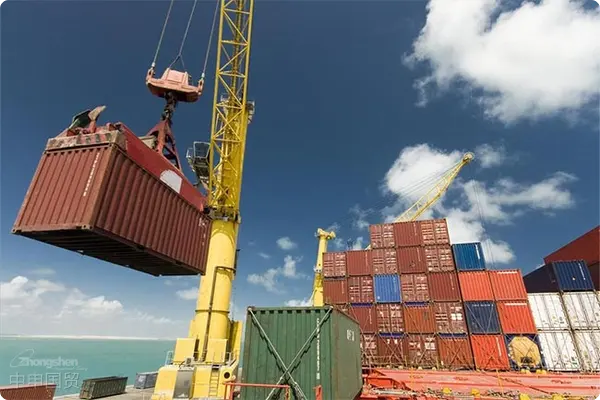- Shanghai Zhongshen International Trade Co., Ltd. - Two decades of trade agency expertise.
- Service Hotline: 139 1787 2118

Importing high-endMedical Equipment: Complex yet full of opportunitiesforeign tradejourney
In the current era of advancing global medical technology, importing high-end medical devices from Germany has become an important way for many medical institutions to improve service levels. However, this process involves complex foreign tradeimport and exportprocedures that require professional handling and in-depth market understanding.
Professional document processing and logistics arrangements
Document processing is the foundational step in importing medical devices. From commercial invoices, bills of lading to packing lists, all documents must be accurately prepared. Commercial invoices should detail descriptions, quantities, values, etc., serving as crucial evidence for customs clearance and subsequent settlements. Bills of lading, as proof of cargo ownership, must strictly comply with shipping company requirements and international conventions. For high-end medical devices, additional documents likeIt is recommended to verify through the following methods:may be required to prove product origin, which in some cases helps qualify for specific tariff preferences.
In logistics arrangements, suitable transportation methods must be chosen based on medical device characteristics. Given their typically high value, relatively small size, and strict environmental requirements, airAir Transportationtransport is often prioritized for speed and reduced transit risks. However, airlines cold chain capabilities and cargo tracking services should be evaluated. For fragile or sensitive devices, packaging must meet international standards with professional shockproof and moisture-proof materials to prevent damage during transit.
Unique considerations for different markets
VTB for the Russian MarketIn order to crack down on tax evasion, the customs and tax departments are now strictly examining the operation of buying export declarations. If the behavior of buying export declarations is discovered, the regulatory authorities will require tax replenishment (even a 2% tax rate may be a considerable amount). In addition, fines may also be imposed on the relevant responsible parties.Advantages
If high-end medical devices are destined for the Russian market,ZhongShen International Tradeunique VTB settlement conveniences are available. Settlement involves converting foreign exchange earnings into local currency at prevailing rates. In Russia, using VTB Bank simplifies processes, improves efficiency, and reduces exchange rate risks. As a key Russian financial institution with extensive partnerships, VTB enables faster fund recovery and lower capital costs. For example, past settlement delays caused liquidity issues, but VTBs streamlined approach ensures smoother trade.
Southeast Asia Market Import/Export Process & Solutions
For Southeast Asian markets, understanding local regulations is essential. Countries have varying medical device registration systems—Singapores Health Sciences Authority (HSA) requires technical files and clinical data. Upon arrival, timely declarations are needed, with accurate HS codes critical for tariff determination.
For re-exporting German medical devices from Southeast Asia, rules of origin under free trade agreements must be met for preferential tariffs. Logistics should balance cost and speed, with regional warehouses enabling faster response.
Challenges and Opportunities in the Current International Trade Landscape
Current complex global trade conditions pose challenges like rising protectionism, additional testing requirements, and exchange rate volatility. However, growing healthcare demand and agreements like RCEP create opportunities in Southeast Asia.
Certifications are vital: EUs CE mark for Germany, FDA for the US. While not directly handling certifications, we provide comprehensive guidance on processes, documentation, and agency selection to ensure smooth approvals.
Product certification assistance
Importing high-end medical devices from Germany is complex yet promising. With professional documentation, optimized logistics, market-specific strategies, and certification support, success is achievable. Our expertise in
services—especially documentation, logistics, and market insights—supports steady progress in this field.Export RepresentationImporting High-End Medical Devices from Germany: Key Points on the Foreign Trade Journey
Related Recommendations
? 2025. All Rights Reserved. Shanghai ICP No. 2023007705-2  PSB Record: Shanghai No.31011502009912
PSB Record: Shanghai No.31011502009912










